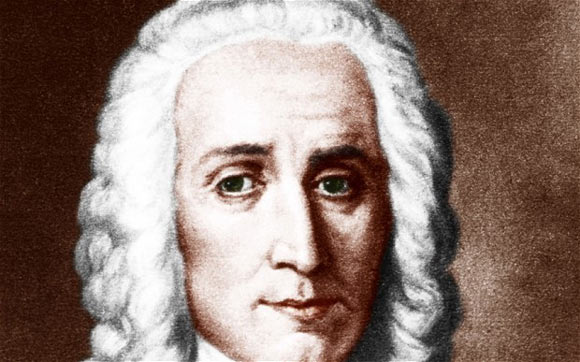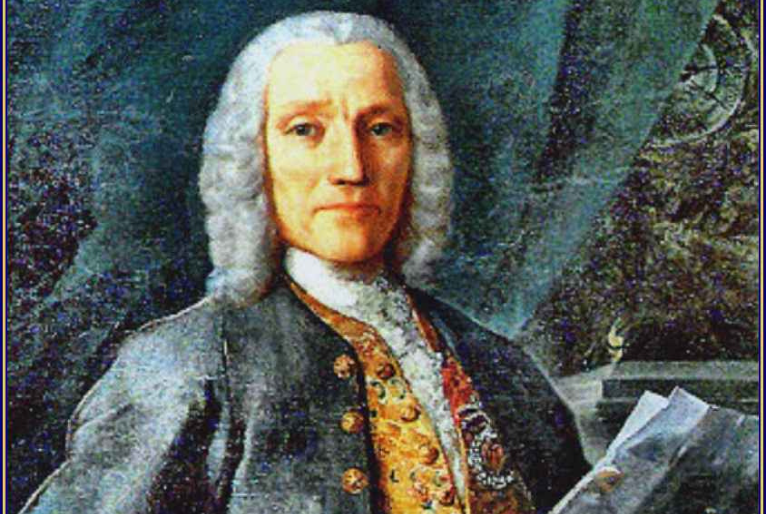Domenico Scarlatti, an Italian composer of the Baroque era, left an indelible mark on the world of music with his vibrant and ingenious compositions. Renowned for his keyboard sonatas, Scarlatti's works exhibit exceptional virtuosity, harmonic complexity, and a fusion of various musical styles. This blog post delves into the complete biography of Domenico Scarlatti, shedding light on his life, achievements, and lasting musical legacy.
Scarlatti - Vivaldi - Concerto Grosso in F minor - Music | History
The Sinfonie di concerto grosso (R.533/1 to 12) is the title of twelve works for flute, strings and basso continuo by Alessandro Scarlatti, composed in Naples from June 1, 1715 - the same year as the performance of his opera Tigrane, one of his greatest successes, and his oratorio La Santissima Trinità.
In 1715, at the age of fifty-five, Scarlatti was at the height of his career and creativity, with extraordinary fertility in all the vocal genres of his time. Yet, he called himself a "glory in decline" (letter to Ferdinando de' Medici). If he chose to write a collection of twelve instrumental works, it was perhaps with a view to publication. He also composed toccatas and variations for the keyboard, an ensemble of six Concerti grossi (published in London in 1740), as well as seven sonatas for flute, two violins and continuo, dated the year of his death.
The twelve Sinfonie of 1715, which are part of this series of instrumental works, are preserved in a single manuscript, now in London. It bears the following words: cominciate al Po Giuno 1715 (begun on June 1, 1715) On the other hand, no completion date is indicated. The orchestra also includes a viola, like a desire to cover the sound spectrum of the large orchestra. Each Sinfonia also includes a cello part distinct from the continuo.
The title appears only on the header of the first Sinfonia. The second is entitled Concertata con li ripieni, but the others have no title. Four are real concertos grossos with another solo instrument in addition to the recorder: a second flute (Nos.1 and 5), one trumpet (No. 2), one oboe (No.4) while eight are concertos for solo recorder, where the instrument shines especially in slow movements and joins the tutti in fast movements, each bringing its own colours to the ensemble's texture.
All the Sinfonie are in five movements, except for Nos. 4 and 9. The 4th is deprived of a fast introductory movement and the 9th is added a minuet. The first movement is fast and usually ends on the dominant. The second is an Adagio transition, usually to a 3
4 time. The third is a fugue (sometimes with two themes), generally the most accomplished movement. This is followed by another transition Adagio, which leads to a rapid dance movement or a march that concludes the composition.
The last Sinfonia is the only one with a title, "The Genius", which means "the charming, the brilliant" or most probably "the favorite" like the concerto RV277 by Vivaldi.
We are a educational channel specializing in history of classical music.
Our goal is to spread classical music to the greatest number of people.
Explore our channel and listen to more works by Mozart, Chopin, Beethoven, Tchaikovsky, Bach, Haydn, Schumann, Schubert, Vivaldi, Dvorak, Debussy and more! I hope you enjoy it and don't forget to Subscribe. 🎧
🔴 Facebook: https://www.facebook.com/TopClassicalMusic
🔴 WebSite: http://www.melhoresmusicasclassicas.com
#MusicHistory
#ClassicalMusic
#Vivaldi


